Identify common grocery items that unnecessarily increase spending and learn practical ways to save.

Grocery shopping shapes household budgets, and knowing which items to skip can make a significant difference. Many products carry hidden costs, such as added preservatives, convenience markups, or poor value for nutrition. By recognizing these common pitfalls, shoppers can reduce expenses without sacrificing quality or variety. The following guide highlights fourteen food items often better avoided to help manage food costs effectively.
1. Pre-packaged salads with dressing included that increase overall cost.
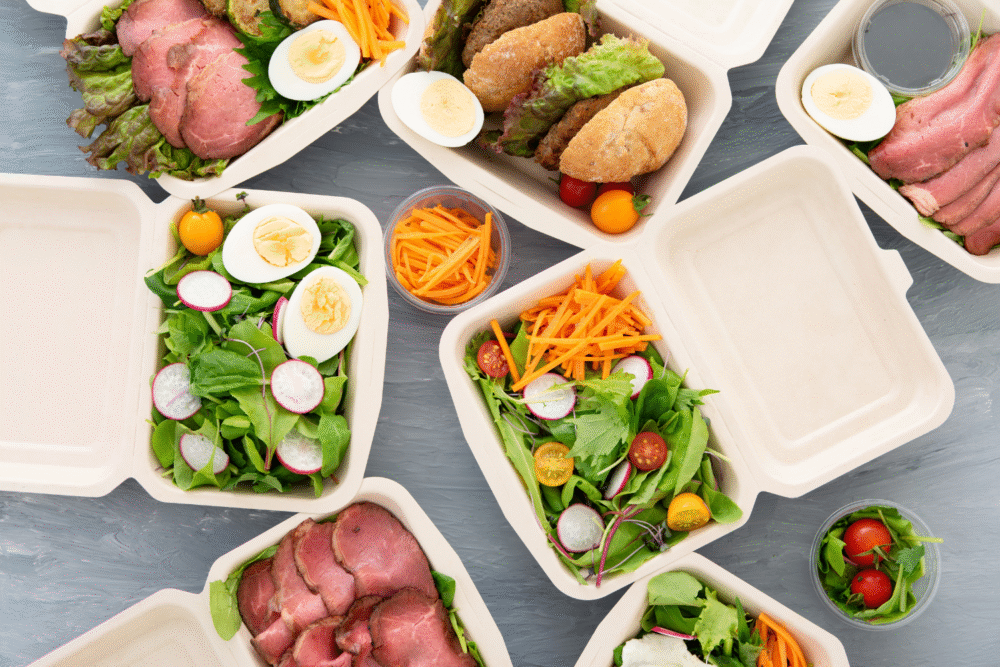
Pre-packaged salads often include dressing or toppings that dramatically increase overall cost. These kits are convenient but tend to come with a hefty markup compared to buying ingredients separately. Buying whole vegetables and preparing salads at home can save a substantial amount.
The hidden costs of convenience add up over time, contributing to overall grocery bills. Beyond cost, pre-packaged salads may contain less fresh ingredients than when sourcing individual components. Preparing salads at home allows for greater control over freshness and portion size, reducing food waste.
2. Bottled water when tap water is safe and readily available.

Bottled water becomes an unnecessary expense when tap water is clean and readily accessible. In many places, tap water meets or exceeds quality standards, making it a viable option for hydration. Investing in a reusable water bottle can further help reduce costs.
Buying bottled water can quickly become costly, especially for families. Besides saving money, opting for tap water reduces plastic waste, contributing to environmental sustainability. Understanding local water quality can reinforce confidence in choosing tap water over pricier, less eco-friendly bottled alternatives.
3. Single-serving snack packs that typically cost more per ounce.
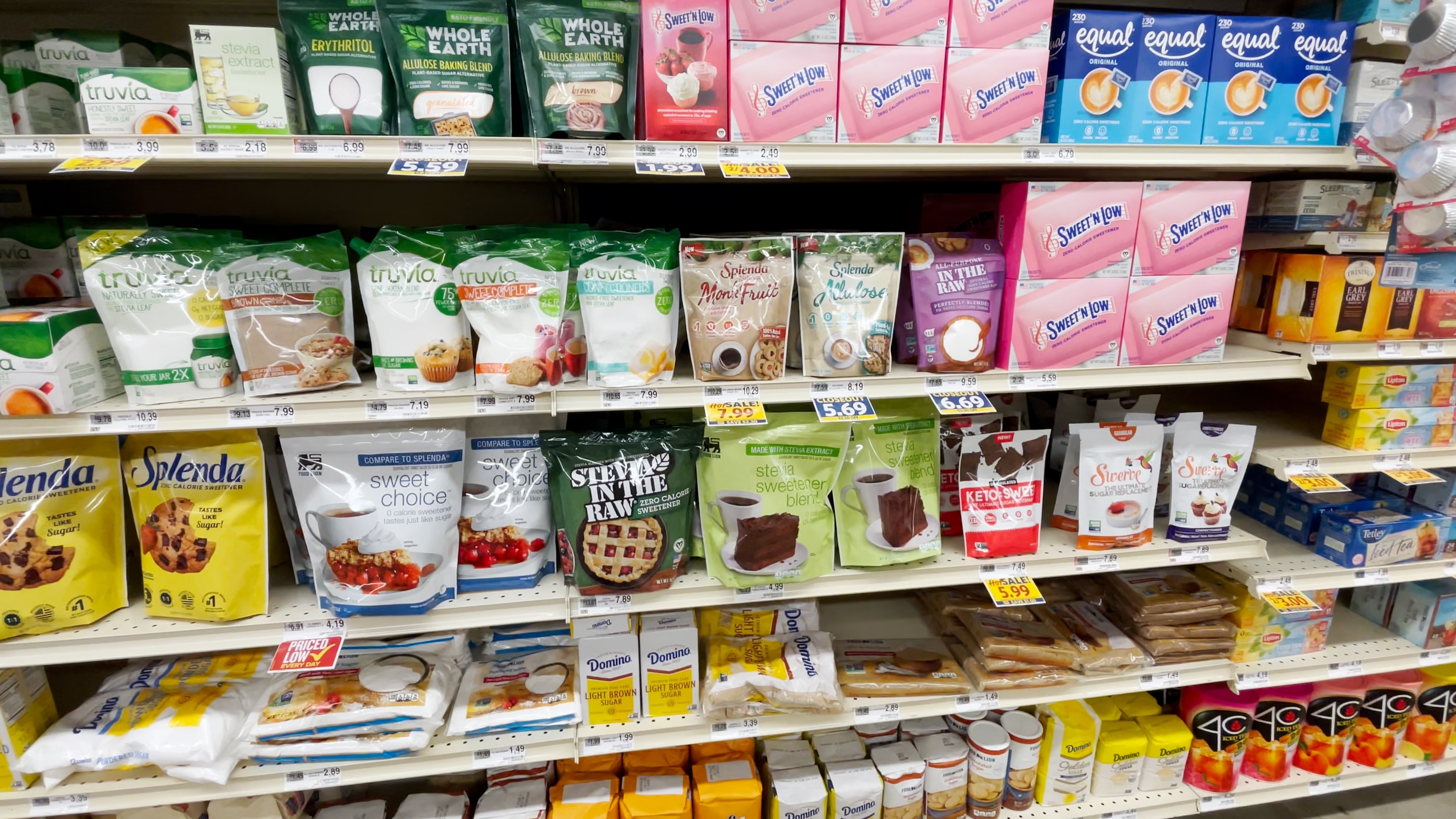
Single-serving snack packs often feature a premium price per ounce due to their convenience. While they offer ease of use, purchasing snacks in bulk and portioning them at home is more economical. This approach offers the same convenience without the inflated cost.
Costs add up when regularly purchasing single-serving options, straining tight grocery budgets. Portioning bulk-bought snacks into reusable containers provides similar convenience with significantly less impact on expenses. This method also allows for greater flexibility in snack variety and portion sizes.
4. Frozen meals that often carry high prices with limited nutrition.

Frozen meals come with high prices and often provide limited nutritional value compared to fresh alternatives. They are useful for convenience, but their cost per serving is typically higher than home-cooked meals. Exploring batch cooking can offer similar ease with enhanced nutrition.
Nutritional content in frozen meals may not align with health goals, as they often contain preservatives or excess sodium. Making and freezing in advance offers control over ingredients and meal quality while keeping expenses in check. Preparation may involve more time but delivers savings.
5. Sliced fruits and vegetables that cost more than whole produce.

Purchasing sliced fruits and vegetables incurs a premium compared to whole produce. The added cost reflects the labor involved in preparing these convenient options. Whole fruits and vegetables not only offer a fresher taste but also retain essential nutrients better.
While sliced selections may save time, their cost-effectiveness and nutritional value diminish over time. Buying whole produce and prepping at home lowers expenses and enhances the ability to manage food intake. It can also reduce waste by preserving produce longer with proper storage.
6. Flavored yogurts loaded with added sugars and artificial ingredients.

Flavored yogurts often include added sugars and artificial ingredients that can push up grocery spending. Plain yogurt contains no sugar additives, providing a healthier and more versatile base. Fresh fruits or natural sweeteners enhance plain yogurt without incurring the cost of flavored varieties.
Regular consumption of flavored yogurts might increase sugar intake unknowingly, impacting dietary goals. Transitioning to plain yogurt offers cost savings while allowing flavor customization. This switch also avoids unnecessary additives and aligns with mindful eating practices.
7. Packaged deli meats that often come with hidden preservatives.
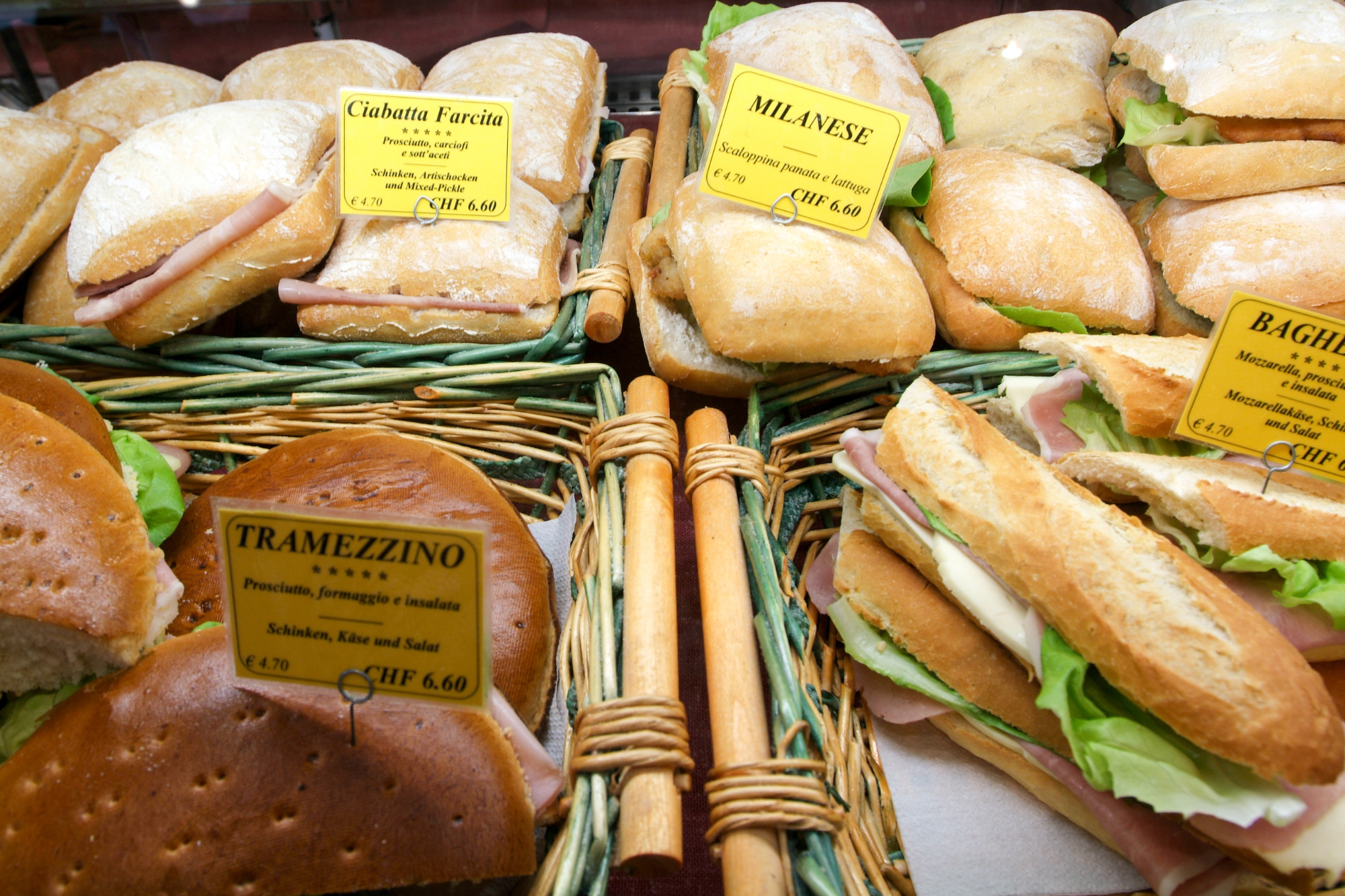
Packaged deli meats contain hidden preservatives and generally cost more than buying fresh alternatives. While convenient, they often come with a higher price tag and might include ingredients of varying quality. Choosing freshly sliced deli meats or roasting at home provides better value and flavor.
For those mindful of budget and health, avoiding packaged deli meats reduces intake of preservatives while lowering costs. Fresh alternatives deliver satisfaction without added chemicals. Preparing larger portions at home and storing them maintains freshness and ensures a steady supply.
8. Instant oatmeal packets with excessive flavoring and added sugars.

Instant oatmeal packets offer ease but at a higher price with excessive flavorings or sugars. Buying plain oats in bulk and customizing at home achieves cost efficiency and nutritional control. Making oatmeal fresh also enhances texture and flavor through personalized ingredients.
Over time, the convenience of individual packets translates to higher grocery expenses, particularly for families. Transitioning to bulk oats minimizes costs and supports dietary goals. This approach allows exploration of creative combinations, ensuring breakfast remains both exciting and budget-friendly.
9. Pre-made sauces and marinades that can be made at home.
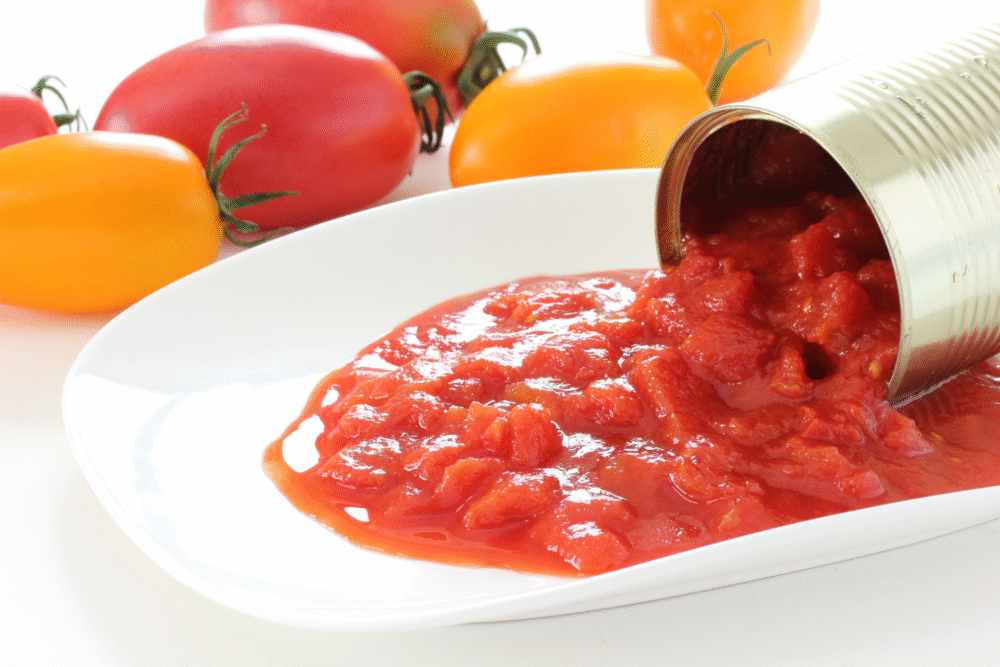
Pre-made sauces and marinades introduce marked-up flavors that inflate grocery receipts. They often include additives that influence taste artificially. Crafting sauces at home doesn’t only save money but also allows culinary creativity by using fresh herbs, spices, and simple ingredients.
The art of sauce-making enhances meals while keeping finances in check and avoiding artificial flavors. By mastering this skill, cooks modify flavors to their liking, utilizing seasonal and local ingredients. Doing so maximizes freshness benefits and aligns with budgetary goals.
10. Energy drinks that are expensive with minimal nutritional value.

Energy drinks present a significant expense for low nutritional payoff. Often laden with sugars or artificial energy boosters, they can cost substantially more than homemade alternatives. Exploring domestic options like flavored water or natural teas provides a healthier and more economical caffeine boost.
With frequent consumption, energy drinks can strain budgets and health outcomes. Household alternatives offer sustained energy without the downsides of artificial ingredients. Transitioning to natural options reduces grocery spending and supports long-term wellness without sacrificing energy levels.
11. Bakery items like muffins and pastries sold in individual portions.

Bakery items such as muffins or pastries become costly when sold in individual portions. Making them at home decreases grocery costs and enables control over ingredients like sugars and fats. Home-baked goods often taste better while being more affordable in bulk.
Over time, purchasing bakery items individually amplifies grocery receipts. Baking at home not only saves money but also offers opportunities to try new recipes and flavors. This approach aligns with budget priorities while delivering freshness and satisfaction.
12. Juice boxes with low fruit content and added sweeteners.

Juice boxes provide convenience but often lack real fruit content, featuring added sweeteners instead. They can become unnecessarily expensive compared to buying whole fruits or bulk juices. Opting for fresh or squeezing juice at home maintains nutritional quality and reduces grocery expenses.
Frequent purchases add to grocery totals over time and may coincide with consuming extra sugars. Home alternatives preserve genuine fruit flavors while limiting expenses. Consider seasonal fruits for juicing, balancing taste and cost effectively within family budgets.
13. Packaged cheese snacks that charge premiums for convenience.

Packaged cheese snacks demand high prices for convenience, often compared to block cheese bought in bulk. Cubing or slicing cheese at home achieves similar convenience at a lower cost. This method also allows for selection of preferred types without add-ons or preservatives.
Purchasing these snacks incrementally impacts grocery budgets negatively. Preparing cheese snacks domestically expands flavor profiles and content knowledge, reinforcing dietary goals while saving money. Bulk purchases enhance savings over time, supporting both economic and health interests.
14. Specialty coffee drinks bottled or canned for on-the-go convenience.
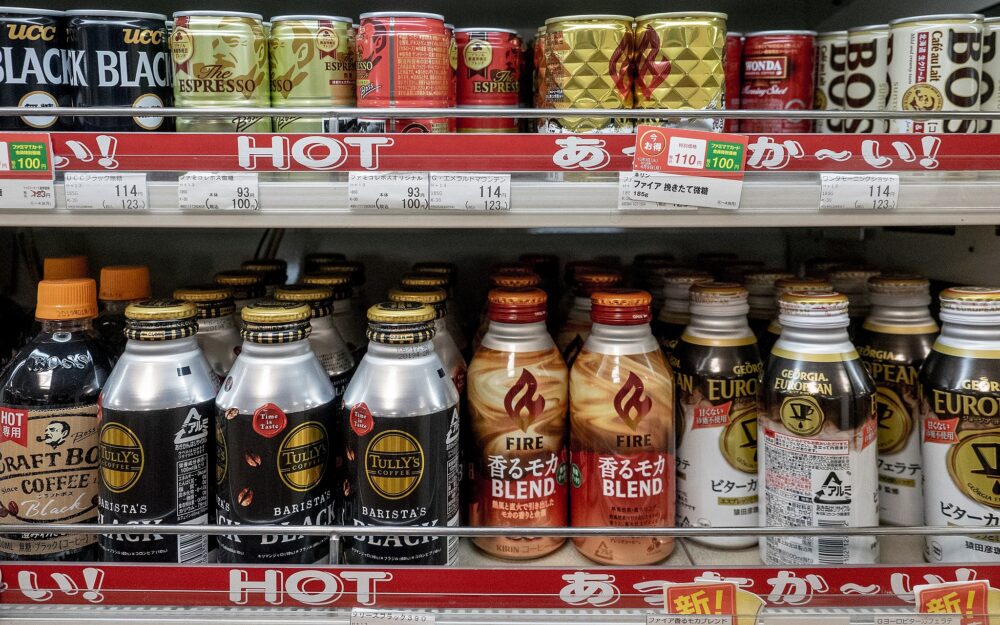
Specialty bottled or canned coffee drinks incur costs that quickly surpass those of home-brewed options. They often contain added sugars or flavors, which may not suit personal preferences. Brewing coffee at home allows for customized beverages, aligning with both taste and financial objectives.
Over time, these purchases strain budgets without meaningful nutritional contribution. Investing in quality beans or equipment for home use delivers long-term savings. This change supports sustainability goals by reducing waste and fosters creativity in personal coffee taste explorations.
